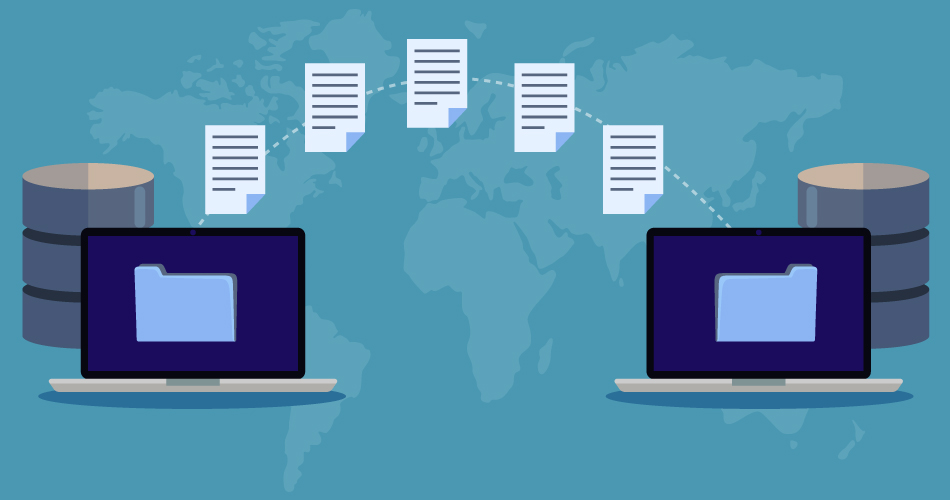Data migration is a complex process, requiring a robust methodology. As technology evolves, it is critical that all our data, critical and non-critical is secure at all times. Legacy systems are being phased out and it will be a wise decision to move data to newer and robust systems, primarily in the cloud.
It is always critical that a detailed plan that covers the essential steps is well and truly in place for a successful data migration project to be executed. A properly designed ETL (extract, transform and load) system extracts data from the source systems, enforces data quality and consistency standards, conforms data so that separate sources can be used together, and finally delivers data in a presentation-ready format so that end users can make decisions.
Below are some of the essential steps for a successful data migration:
Step 1: Planning
If the business has given the data migration project a broad migration scope, the first stage is to define what is achievable in terms of what the data sources will support and what is reasonable. With the scope refined, a timeline, resource plan, and budget can be put in place.
Due Diligence
The scoping refinement is integral to the success of the migration. High-level analysis of the source and target systems should be conducted in close consultation with the business users who will be directly affected by the data migration process and who have in-depth knowledge of the business issues—past, present, and future.
Budget and Timeline
Estimates should include all time and material costs of auditing and profiling data, developing mapping specifications, writing migration code, building data transformation and cleansing rules, and loading and testing data. Realistic deadlines must be set in line with external dependencies and include appropriate levels of contingency.
Step 2: Understanding the Data
Top-Down, Target-Driven Priorities
By applying a top-down, target-driven rationale, you can prioritize scoping decisions in line with the value to the organization, using criteria such as region, line of business, and product type. Refining data outward from the core saves time and effort.
Cost/Benefit Analysis
Every single datatype marked for migration will have a cost and a benefit. The more data to be migrated, the greater the project cost, so stringent decisions will need to be made about the level of source information to be included in or excluded from the migration suite. Historical data, for example, can greatly inflate project costs.
Step 3: Designing and Building
Developing the Mapping Specifications
The results of the data audit are applied to the agreed scope to develop a series of rules for transferring all designated source data and ensuring that it is accurately manipulated to fit the target.
Before any actual query or code is written, the mapping specifications and supporting documentation must be clearly understood and finalized.
Small Is Beautiful
Data migration projects run more efficiently when segmented into increments. Few projects require a big bang approach, and source data can be audited, mapped, tested, and transferred in staggered phases. This makes it easier to stick to budgets and deadlines, conduct regular progress reviews, adjust the rules, and deliver better results.
Step 4: Executing
Data is extracted from the source system, transformed, cleansed, and loaded into the target system, using the migration rules.
Step 5: Testing
A key objective should be to get to the full-volume upload and online application test stage as early as possible for each unit of work—in many cases, several units of work may need to be completed to achieve this before an online test can be done. This strategy helps avoid storing up issues until too late in the development cycle, when they are more expensive to rectify.
Step 6: Follow-Up and Maintenance
Data audit can be implemented at any time, on any set of data, and at any point in the data migration cycle to assess whether the project is on track and within its scope. The ongoing use of data quality tools can then maintain data in a consistently high-quality state of readiness for future data migrations and other requirements.
So if you’re looking to implement a data migration to move your data from an old outdated system to a newer platform or architecture, AppleTech will be the perfect choice for you. Even if you are contemplating to web-enable or cloud-enable your software application system, look no further than us.

